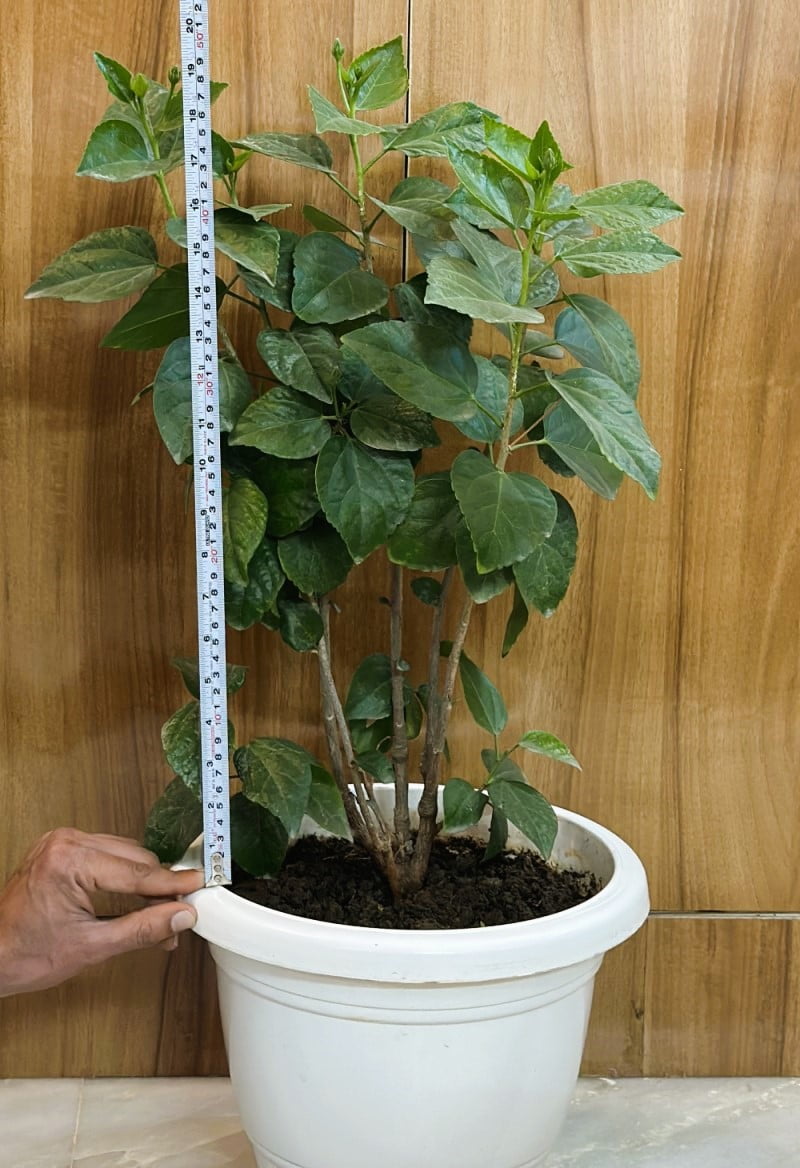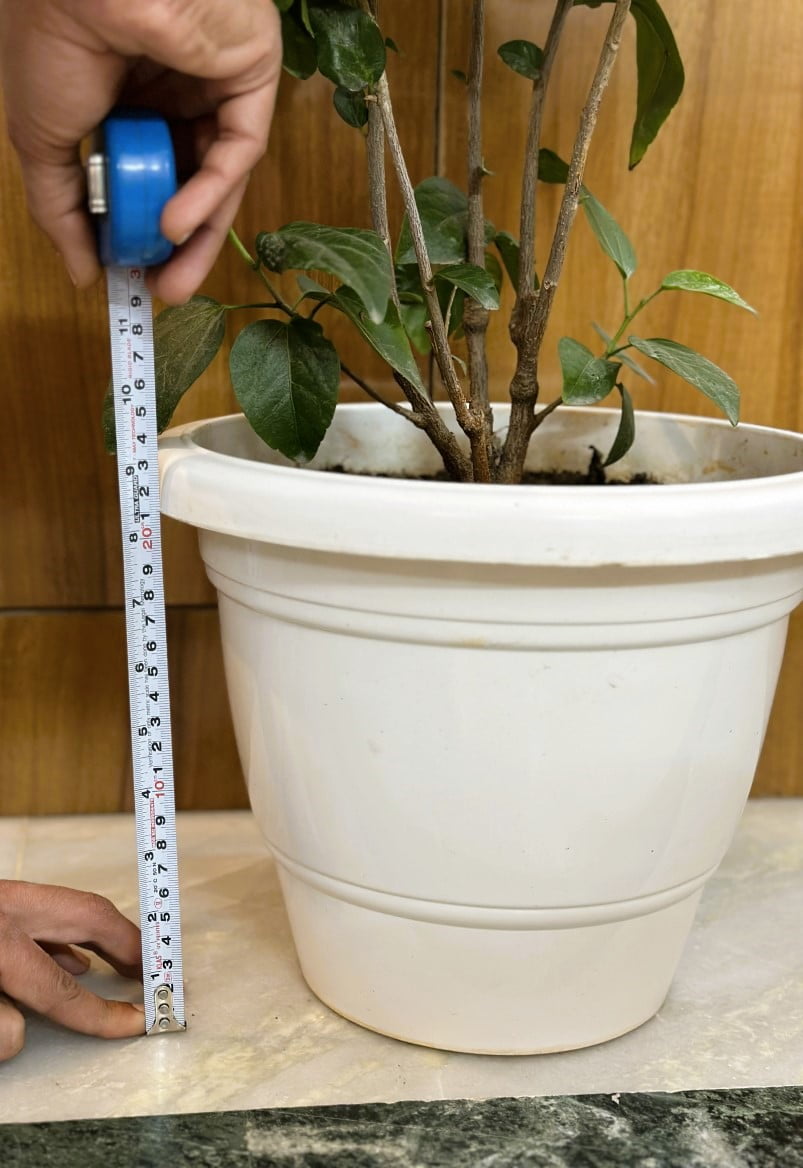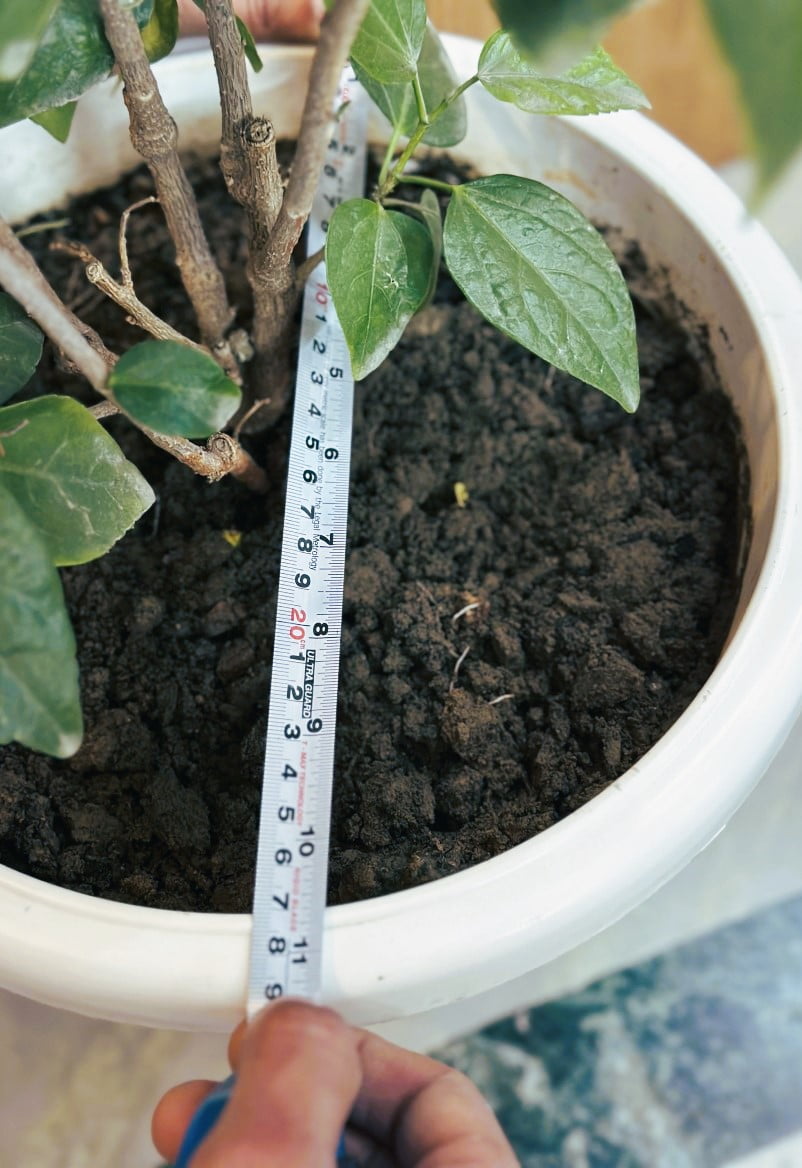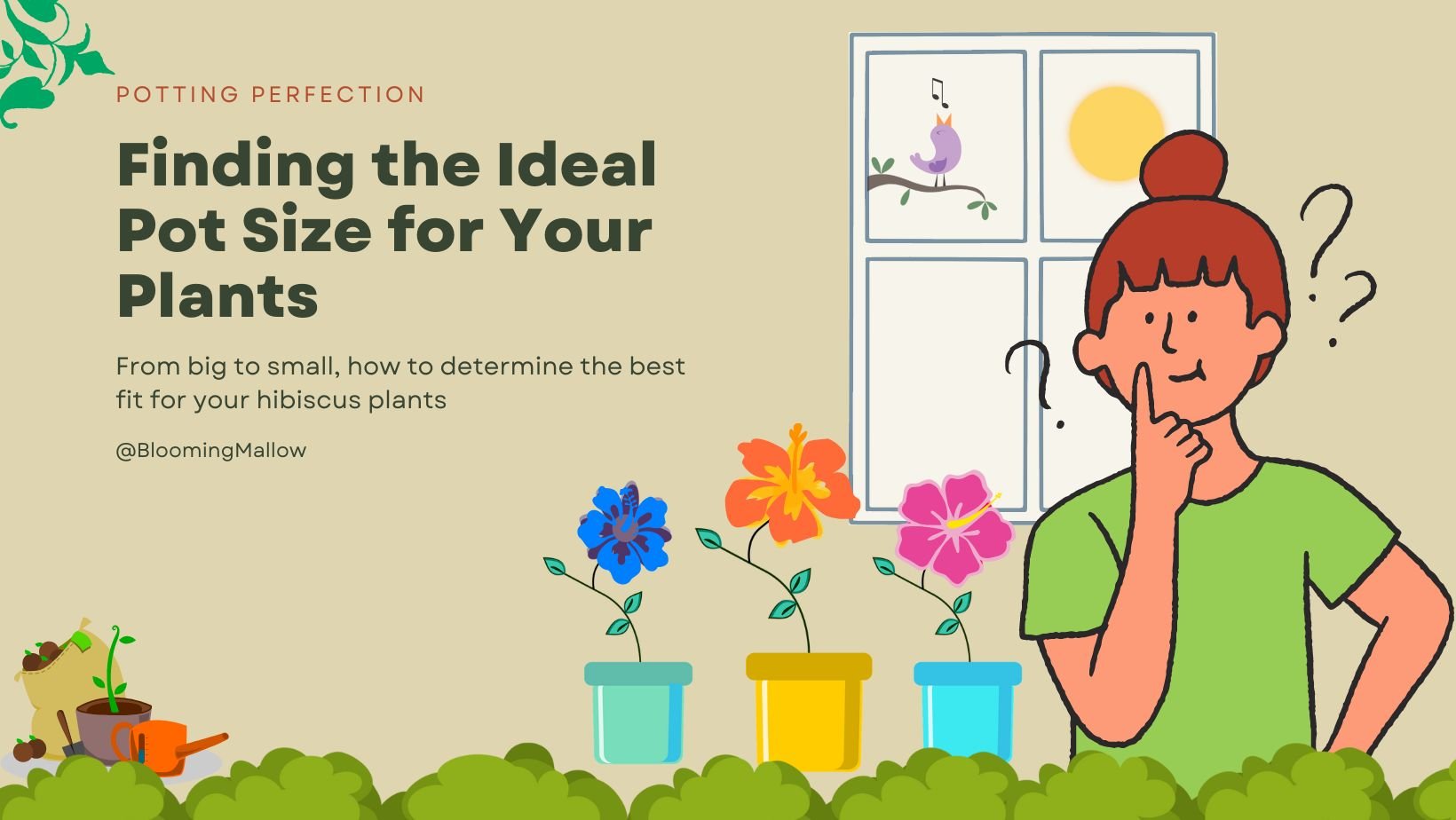
Back in the days, when I was a novice gardener myself, I used to buy same-sized pots for my plants to maintain the uniformity & aesthetics of my indoor space. Little did I know, this approach was doing more harm than good!
After years of research and education, I discovered that choosing the right-sized pot is crucial for the health and vibrancy of hibiscus plants. In this blog post, I’ll be sharing my personal experience so you can avoid making the same mistake I did and ensure your hibiscus plants are healthy, happy, and stunning.
So, without any further ado, let’s dive in and get those plants growing!
Can Hibiscus Grow Well In Pots?
Hibiscus is a beautiful flowering plant that belongs to the mallow family. It is a popular choice among gardeners and landscaping enthusiasts due to its wide variety of shades including pink, red, yellow, orange, and white.
And while these can be grown outdoors, many people prefer to grow them in pots.
A plant in a pot is worth two in the ground.
This is because potted hibiscus plants offer several benefits, such as ease of supervision and more control over growing conditions. For instance, you can move the plant to a sunnier location if it is not getting enough light, or you can move it to a shadier spot if it is getting too much sun. You can also control the soil pH and nutrient levels more easily when growing them in pots.
So, yes you can definitely grow hibiscus in pots and they will thrive just as abundantly as they would in open garden beds, as long as you select an appropriate potting mix and the right sized container for your planters (explained in detail below).
Ideal Pot Size For Hibiscus
Choosing the right pot size is critical to the health and growth of your Hibiscus plants. If a pot is too small, it can restrict the plant’s root system, leading to stunted growth, poor nutrient uptake, and even death.
Likewise, a pot that’s too big can cause waterlogging, leading to root rot and other issues.
So, while selecting a pot for your Hibiscus, it’s important to consider the plant’s size at that point of time.
As per research conducted by the Australian Journal of Agricultural Engineering, the use of larger pot sizes had a significant effect on the growth and development of Hibiscus sabdariffa L. seedlings. Larger pot sizes provided more space for root growth, which allowed for increased nutrient and water uptake and better overall plant growth.
However, upon further increasing the pot size beyond this point no significant improvements were noticed in the plant.
Conclusion: The right sized pot makes all the difference!
But still, how big or how small should the size be?
The answer lies in the pot-to-plant ratio!
The pot-to-plant ratio refers to the general rule that the pot should be about half the height of your plant.
So, to get the ideal size you have to first calculate the height of your hibiscus plant.
For example, if your hibiscus plant is 24 inches tall, the ideal pot size should be around 12 inches.



As you can see in the images above, this particular hibiscus of mine is currently about 20 inches tall, so I have it planted in a pot that is approximately 10 inches tall.
This allows my plant enough room to grow and for the soil to dry out properly between waterings. (Notice the number of buds? Well, that’s because my plant is enjoying all the love and care it is given).
Here’s a table that outlines the ideal pot size for hibiscus plants based on their height:
| Plant Height | Ideal Pot Size (Height) |
|---|---|
| 12-18 inches | 6-9 inches |
| 18-24 inches | 9-12 inches |
| 24-30 inches | 12-15 inches |
| 30-36 inches | 15-18 inches |
| 36-42 inches | 18-21 inches |
| 42-48 inches | 21-24 inches |
| 48-54 inches | 24-27 inches |
| 54-60 inches | 27-30 inches |
What Happens If We Choose Wrong-Sized Pot?
Choosing the wrong-sized pot can have a number of consequences on the health and growth of the plant. Here are some repercussions:
Overwatering: If the pot is too large, it can lead to overwatering. When there is too much soil and not enough plant roots to absorb the water, the soil then becomes waterlogged, causing root rot. This can cause the plant to wilt and die.
Nutrition imbalance: If the pot is too small, the plant may not have access to sufficient nutrients in the soil to support its growth. This can lead to deficiencies, which can manifest as stunted growth, poor flowering, or buds not opening at all.
Root bound: If the pot is too small, the roots cannot get enough space. When this happens, they become tangled and compacted, which can restrict their ability to absorb water and nutrients from the soil.
Lack of stability: If the pot is too small, it may not provide enough stability to support the weight of the plant. This can cause the plant to tip over, which can damage the roots and leaves and cause stress to the plant.
Does The Shape & Design Of The Pot Affect The Growth Of The Plant?
Hibiscus plants can adapt to different pot shapes, so it is not necessary for gardeners to limit themselves to a particular design for their hibiscus plants. In fact, changing the pot’s design can sometimes be beneficial for the plant’s overall growth and health.
For instance, if a hibiscus plant has outgrown its current pot and is becoming root-bound, repotting it into a larger container with a different shape can allow its roots to spread out and access more nutrients and water.
Technicalities aside, changing the pot shape and style can also be a matter of personal preference. There are so many varieties of hibiscus, and some may look better in certain types of pots. So, there is no hard and fast rule that a hibiscus plant must stay in a particular pot all the time.
However, it is important to choose a pot that has a large opening (at the top) that can provide better airflow to the roots.
Tip: Hibiscus plants have shallow roots and grow well in well-draining soil, so a wider pot will provide enough room for the roots to spread out and allow excess water to drain. A round or oval-shaped pot is best in this case as it provides a stable base for the plant, promotes aeration from the top, and looks wonderful.
Do Hibiscus Need Deep Pots?
One of the most common misconceptions about Hibiscus is that they need deep pots to grow well. As already mentioned, root system of Hibiscus is quite shallow. This is the primary reason why they do not necessarily require deep pots.
The roots of the Hibiscus plant tend to have more horizontal root growth than vertical growth, which means they require pots with a larger surface area rather than depth.
Moreover, a pot that is too deep can lead to waterlogging, which can cause root rot or other problems. So, it is best to stick with the pot-to-plant ratio (which we discussed above) when it comes to the size of the container.
How Long Do Potted Hibiscus Live?
The lifespan of a potted hibiscus plant depends not just on the pot but also on the quality of care it receives, the growing conditions, and the type of variety being grown.
A well-cared-for hibiscus plant can live for several years in a pot. Traditional varieties (native to the region you are growing) can live for as long as you want them to live. Even hybrid varieties can live for around 8-10 years with proper care (repotting, pruning, and fertilizing).
Remember, to ensure the longevity of your potted hibiscus plant – provide it with the proper growing conditions: Sufficient sunlight, adequate water, and a regular nutrition supply.
Bottom Line
When choosing a pot for your Hibiscus, it’s important to opt for the one that’s good enough to accommodate the plant’s root system. But if you are stuck between two sizes, it is better to choose a slightly larger pot than the one you doubt will be small for your hibiscus plant. This will give the plant room to grow and prevent the need for frequent repotting.
That’s all I wanted to share in this post. I hope you will now be able to find out the ideal pot size for your plants.
Before ending I would like to add one thing: Just as we can find joy and purpose in our work and hobbies, a pot can be both functional and beautiful. So don’t limit yourself – Let your imagination run wild and create a beautiful hibiscus garden!
Take care and happy gardening! 😊




